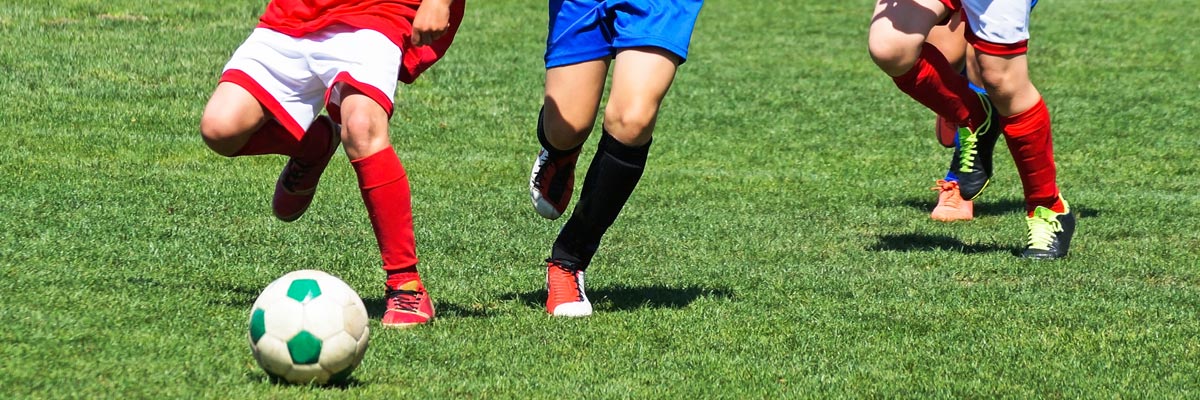
Athletic Compounds
We prepare unique formulations that prescribers develop to meet needs of their patients.
Working Together
We work closely together with physicians, physical therapists, and patients to customize medications to meet your needs.
Custom Athletic Care
Our specially trained compounding pharmacists are able to work with you to create customized medication solutions.
Athletes, coaches, trainers, team physicians, physical therapists, and even the “weekend warrior” are faced with problems including inflammation and muscle spasms. We work together with these individuals and other health care professionals to customize medications which meet specific needs. Our compounding specialists can help to solve medication problems using customized preparations that contain the most appropriate ingredients in the best vehicle to most efficiently provide the needed drug to the affected area. Please contact our compounding pharmacist for more information.
Topical
Transdermal
Medications that relieve pain, reduce inflammation, and relax muscles can have side effects that are detrimental to athletic performance, such as drowsiness. However, when these medications are administered topically, the therapeutic benefit can be enhanced while significantly reducing the risk of adverse effects.
For example, research has shown that topically-applied ketoprofen provides a high local concentration of drug below the site of application but decreases systemic exposure and significantly reduces the risk of gastrointestinal upset or bleeding. When properly compounded into an appropriate base, tissue concentrations of ketoprofen were found to be 100-fold greater below the application site (knee) compared to systemic concentrations. Muscle relaxants can be similarly prepared to minimize the risk of drowsiness.
The following list is just a few of the preparations that we can compound for podiatry.
The following list is just a few of the preparations that we can compound for podiatry. All formulations are customized per prescription to meet the unique needs of each patient. Please call us to discuss the dosage form, medication, and strength which are most appropriate for your patient.
Our specially trained compounding pharmacists are available to answer any questions you may have.